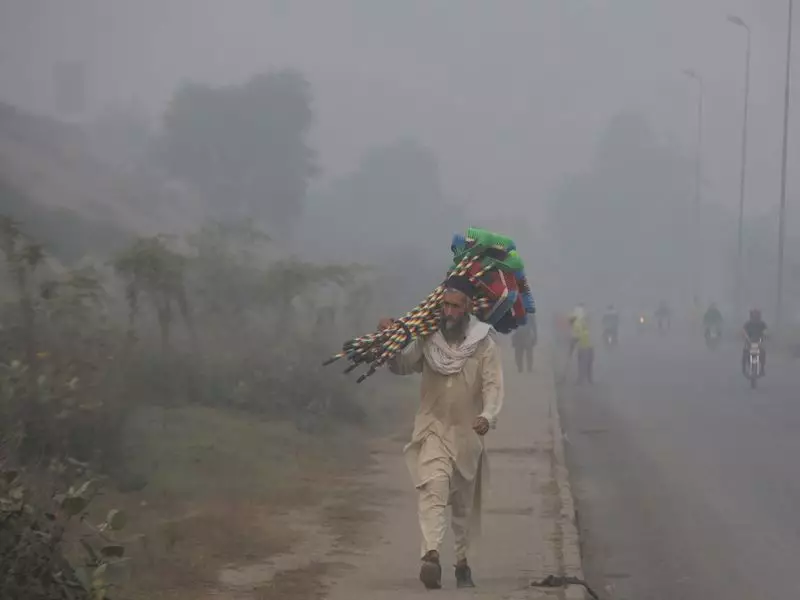
The bustling metropolis of Lahore has earned the distressing distinction of being the world's second most polluted city, according to recent air quality data that highlights the severe environmental challenges facing urban centers across South Asia.
Alarming Air Quality Rankings Revealed
Recent monitoring data placed Lahore in the second position globally for worst air quality, with the city recording an Air Quality Index (AQI) of 192. This dangerous level categorizes the air as unhealthy and poses significant health risks to the city's millions of residents. The measurements were taken on Monday, revealing the persistent nature of the pollution crisis.
Meanwhile, India's capital city Delhi also featured prominently in the worrying rankings, securing the tenth position among the world's most polluted urban centers. The simultaneous poor performance of both major South Asian cities underscores the regional nature of the air quality emergency affecting hundreds of millions of people.
Regional Pollution Crisis Deepens
The air quality crisis extends beyond these two prominent cities, with several other urban centers in the region reporting hazardous pollution levels. Mumbai, India's financial capital, recorded an AQI of 157, placing it among cities with unhealthy air quality that can affect even healthy individuals during prolonged exposure.
Other Pakistani cities also demonstrated concerning pollution levels, with Karachi registering an AQI of 179, positioning it as the fourth most polluted city in the global rankings. This concentration of multiple highly polluted cities within the same geographical region points to systemic environmental and industrial challenges that transcend national borders.
Understanding the Air Quality Index Scale
The Air Quality Index serves as a crucial tool for measuring pollution levels, with numerical values corresponding to specific health impact categories. An AQI reading between 151 and 200 is classified as unhealthy, meaning everyone may begin to experience health effects, while members of sensitive groups could suffer more serious consequences.
When AQI values climb above 200, the air quality enters the very unhealthy category (201-300), triggering health alerts and indicating that everyone may experience more serious health effects. The most dangerous classification begins at 301, representing hazardous conditions that warrant emergency health warnings for the entire population.
The persistent poor air quality in these South Asian cities represents a significant public health emergency with far-reaching consequences for respiratory health, cardiovascular function, and overall quality of life for residents. Children, elderly individuals, and those with pre-existing health conditions face particularly severe risks from prolonged exposure to such polluted environments.





